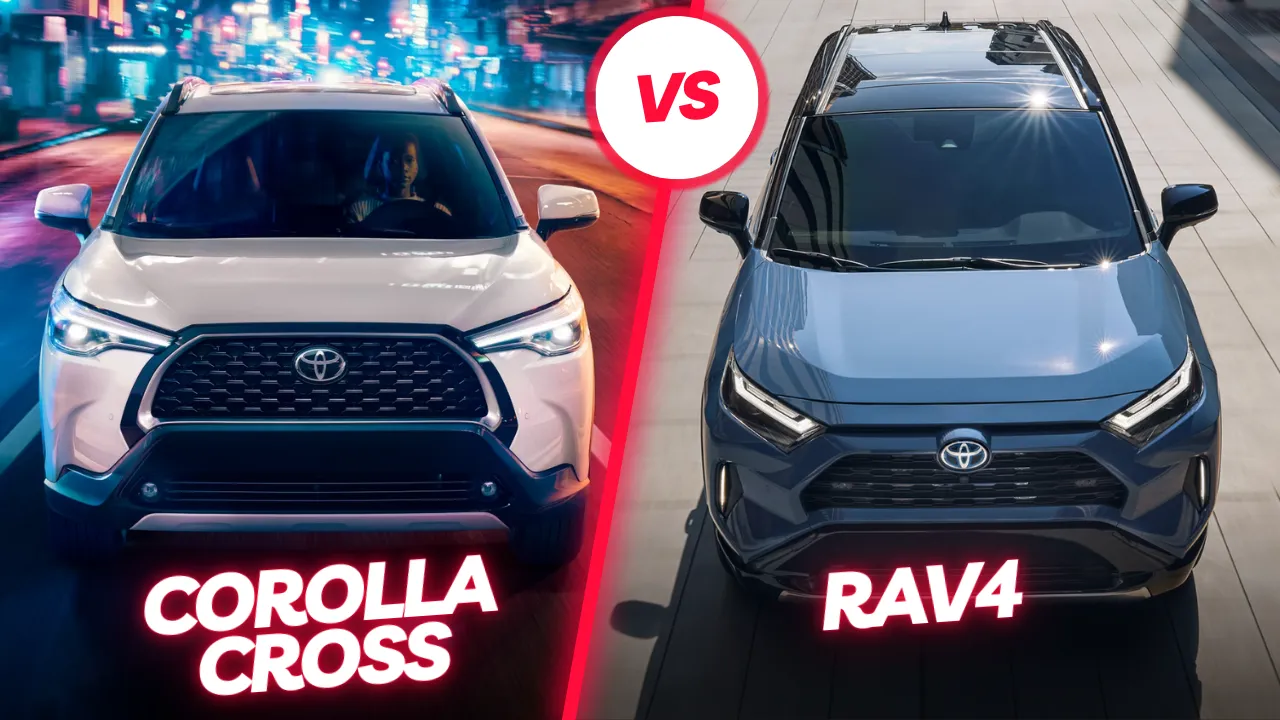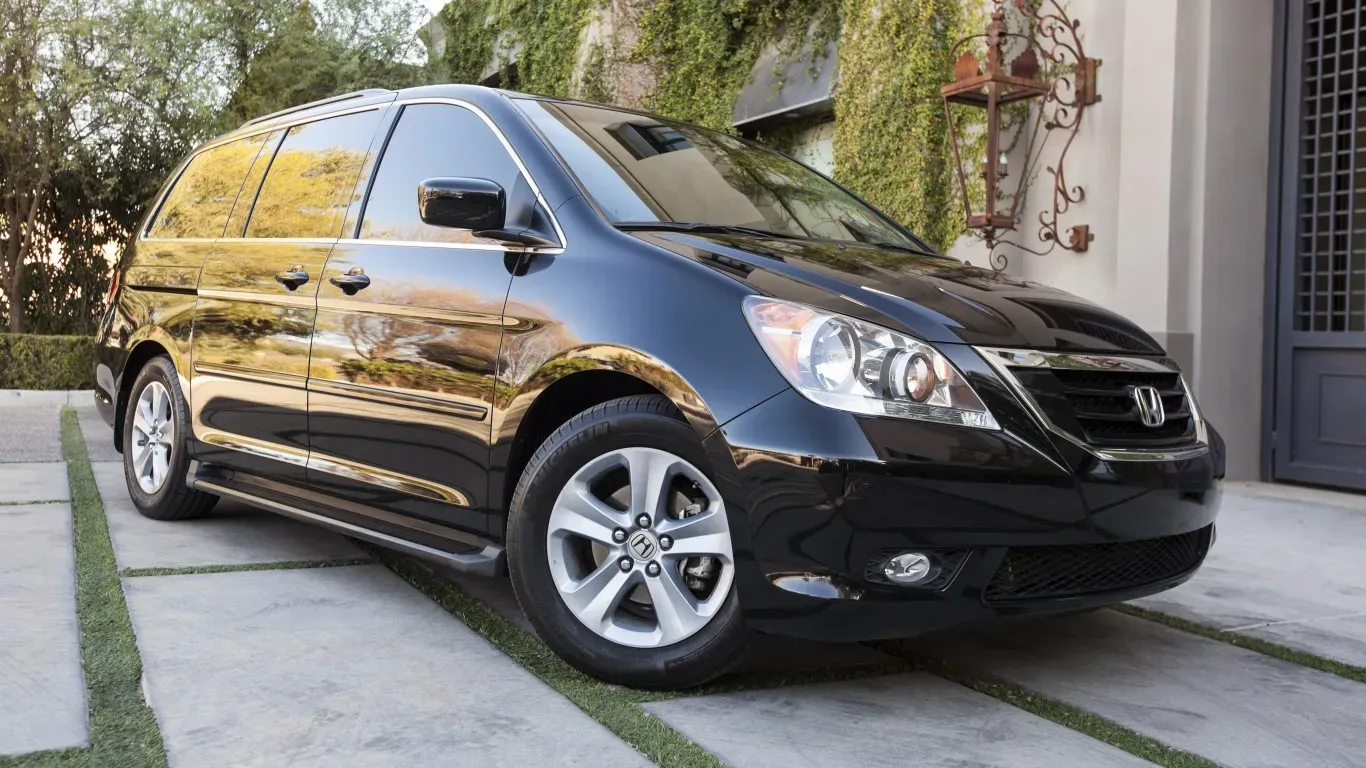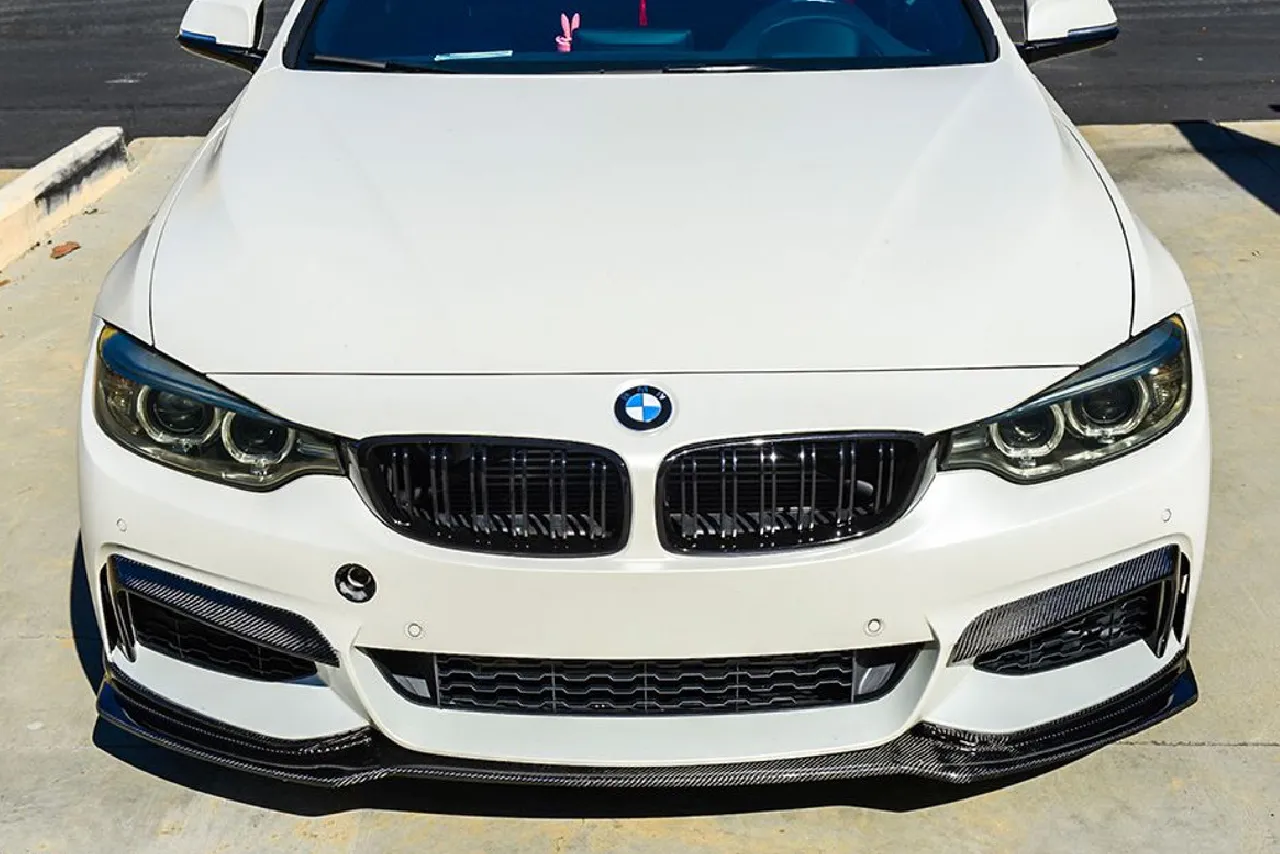The global automotive landscape is witnessing a significant shift as electric vehicles (EVs) emerge as a preferred choice for eco-conscious consumers. Countries worldwide are striving to reduce carbon emissions, boost sustainability, and embrace cleaner transportation solutions. A prominent question in this movement is which country has the highest percentage of electric cars? This article explores the leaders in EV adoption, with a particular focus on the policies, infrastructure, and consumer trends that help specific nations achieve high EV percentages. By examining these factors, we can better understand how certain countries set an example in sustainable mobility.
Top 10 Countries by Percentage of Electric Cars
| Rank | Country | Percentage of EVs | Government Incentives | Key Market Factors |
|---|---|---|---|---|
| 1 | Norway | 75% | Tax exemptions, free parking, bus lane access | Strong eco-focus, high fuel costs |
| 2 | Iceland | 45% | Reduced taxes, grants for EV buyers | High eco-awareness, low emissions |
| 3 | Netherlands | 30% | Rebates, tax breaks, infrastructure investments | High fuel prices, EV support |
| 4 | Sweden | 28% | Tax incentives, EV subsidies | Environmental focus, green policies |
| 5 | Germany | 15% | Subsidies, charging network expansion | Government support, fuel costs |
| 6 | United Kingdom | 14% | Tax breaks, grants, congestion charge exemptions | Eco-friendly mindset, government policies |
| 7 | France | 12% | Purchase incentives, tax benefits | Strong policy support, low emissions |
| 8 | China | 11% | Subsidies, charging station expansion | Industrial shift, EV promotion |
| 9 | United States | 10% | Federal tax credits, state incentives | High fuel costs, eco-consciousness |
| 10 | Canada | 9% | Rebates, EV grants, infrastructure funding | Green policies, fuel price factors |
EV Market Share by Country
To comprehend which nations lead in EV adoption, it’s essential to understand what constitutes market share in the context of electric vehicles. The market share reflects the percentage of EVs compared to the total vehicles sold within a country, offering insight into a nation’s commitment to clean energy transportation. Which country has the highest percentage of electric cars can be assessed by analyzing this metric. The results reveal which regions have successfully integrated EVs into their transportation framework, largely due to robust policies and supportive infrastructure. This measure also highlights the importance of government and public initiatives in increasing EV penetration.
Leading Country in EV Adoption
Norway stands out as the leader in EV adoption, holding the highest percentage of electric cars in the world. This achievement can be attributed to Norway’s comprehensive policies, which make EV ownership affordable and convenient. For instance, Norwegian EV owners benefit from tax exemptions, free public parking, and access to bus lanes, creating substantial incentives to switch to electric. Furthermore, Norway’s government has heavily invested in charging infrastructure, with ample fast-charging stations across the country. This accessibility to charging, coupled with nationwide eco-consciousness, solidifies Norway’s position as the country with the highest percentage of electric cars.
Other High-Percentage EV Countries
While Norway leads in EV adoption, other nations, such as the Netherlands, Iceland, and Sweden, have also made significant progress. The Netherlands, with its dense urban areas and high fuel costs, has encouraged EV adoption through substantial government subsidies and tax breaks. Similarly, Iceland’s commitment to reducing carbon emissions aligns with its growing EV market. Sweden, too, supports EV uptake by offering tax incentives and subsidies, targeting consumers who prioritize eco-friendly vehicles. Each of these countries mirrors aspects of which country has the highest percentage of electric cars, proving that government support and public infrastructure are crucial to promoting EV use.
Influence of Government Policies on EV Adoption
Government policies play a pivotal role in driving EV adoption, especially in countries with high EV percentages. Norway’s approach, for instance, includes tax exemptions for EV purchases, reducing the cost gap between electric and traditional vehicles. Moreover, Norway allows EVs to access bus lanes and provides subsidies for setting up home charging stations, creating a favorable environment for EV growth. Countries like the Netherlands and Sweden follow similar models, incentivizing the public to switch to electric options. These policies underscore why Norway remains the country with the highest percentage of electric cars and highlight how structured incentives can encourage sustainable transportation.
Consumer Behavior and Market Trends
In countries with high EV adoption rates, consumer behavior reflects an increasing awareness of environmental impact and a desire for sustainable solutions. Consumers are more inclined to invest in EVs, driven by factors such as high fuel prices and government incentives. Statistics show that the majority of EV owners in these countries report high satisfaction rates, appreciating not only the eco-friendliness but also the long-term savings that EVs provide. Such trends suggest that as awareness of environmental benefits grows, so does the demand for electric vehicles. This shift in consumer behavior is central to understanding which country has the highest percentage of electric cars and the factors that contribute to this trend.
Challenges and Future Outlook
Despite their progress, even high-percentage EV countries face challenges, such as maintaining a sufficient charging infrastructure, addressing the high upfront cost of EVs, and managing battery disposal. Norway, for example, continues to expand its charging network to support the increasing number of EVs on the road. Future trends in EV technology, including advancements in battery longevity and charging speed, aim to address these issues. Furthermore, as other nations take note of Norway’s success, they may adopt similar measures to improve EV accessibility. The global push towards EVs raises the question of whether other countries will eventually rival which country has the highest percentage of electric cars in the coming years.
Conclusion
In summary, Norway’s dedication to eco-friendly policies, extensive infrastructure, and consumer support has established it as the country with the highest percentage of electric cars. This achievement serves as a model for other nations, demonstrating the impact of coordinated policies and public support on EV adoption. As the world transitions toward greener energy, countries must consider adopting similar measures to encourage EV use. Norway’s example not only showcases the benefits of electric vehicles but also underscores the importance of sustainable practices in building a cleaner, greener future.
FAQs
Which country currently has the highest percentage of electric cars?
Norway leads globally with the highest percentage of electric cars, where about 75% of new car sales are electric. This is due to strong government incentives, extensive charging infrastructure, and high environmental awareness among citizens.
Why is Norway successful in electric vehicle adoption?
Norway’s success in EV adoption is largely due to government policies, including tax exemptions, free parking, access to bus lanes for EVs, and a well-established charging network, making EVs affordable and convenient for residents.
Are other countries close to Norway in electric vehicle adoption?
While Norway is the leader, countries like Iceland, the Netherlands, and Sweden are also making significant strides in EV adoption, offering similar incentives and focusing on reducing their carbon footprint.
I’m Waqas, an electric vehicle enthusiast and tech writer with over 6 years of experience covering the EV industry. I write in-depth articles, comparisons, and reviews to help readers understand the fast-evolving world of electric mobility. From battery technology to EV launches and charging trends, I aim to make complex EV topics simple, engaging, and informative for everyday drivers and curious readers alike.





